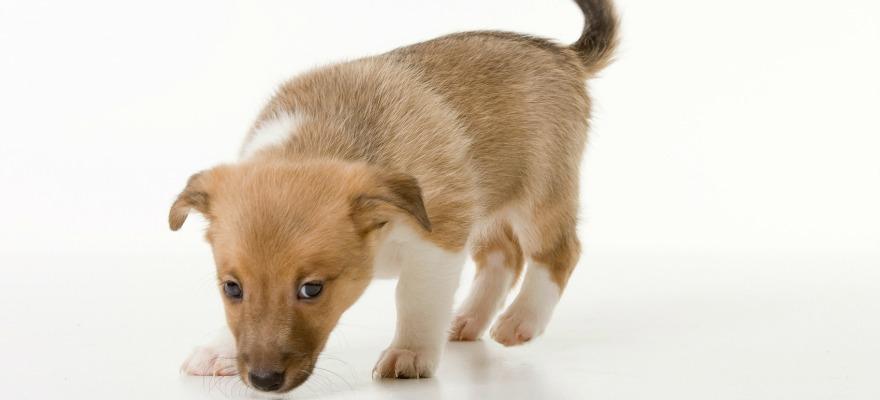By understanding how our Pure Breed DNA Test is completed, your pets results will be much easier to interpret.
The cheek swab that you self administered will be sent to our laboratory, our experts will examine 321 different DNA markers from the cheeks cells that you have supplied. The results will then be uploaded into our computer database. Our custom built algorithm will analyses the results to build all the pedigree trees that are possible within the last three generations.
The results will show if your dog is a pedigree, a first generation cross or a more complex tree of eight great grandparent breeds all coming together. Our computer uses over 180 breeds that we have in our database, as well as three ancestral dog groups to build the pedigrees.
The three ancestral dog groups consist of the “European” group, this contains Terriers, Hounds, Retrievers, and herding breeds; the “Guard” group, this contains guarding breeds such as the Bulldog, Boxer, and Mastiff. The third groups is call the “Ancient” group, this contains mostly Asian and Arctic breeds like Chow Chow, Shar-Pei and the Siberian Husky.
For each of the pedigrees, the computer gives a statistical score representing how well those breeds in those groups match to the data and the pedigree with the best score is the one sent to you.
Disagree with the results?
If you disagree with the results or feel you have been mis-sold to by the dog breeder, its important to remember that the tree only looks back at the last three generations. Potentially, your breed could have been mixed with another breed before our DNA test could pick it up.
We would advise that you ask the dog breeder for more information about the family tree of the dog. Take note of which generation in the breeds ancestral line is mentioned, as this may paint a better picture of your pets DNA results.



.jpg)

.jpg)


